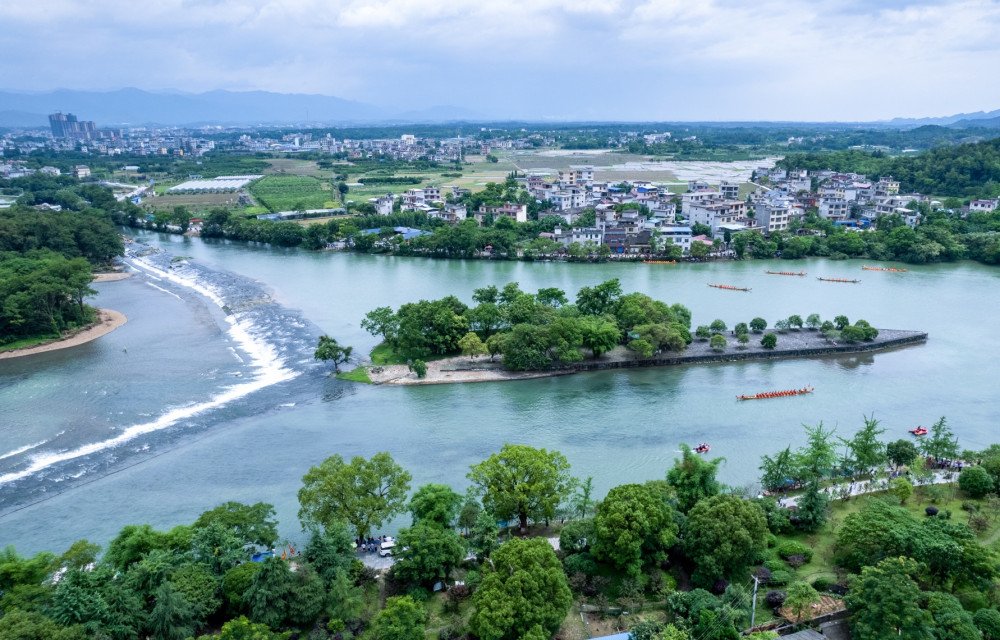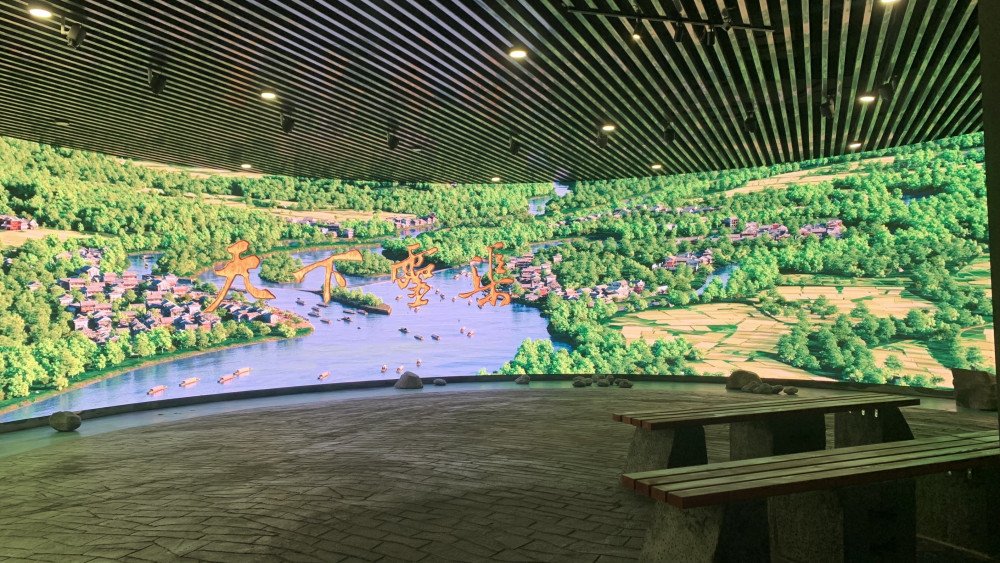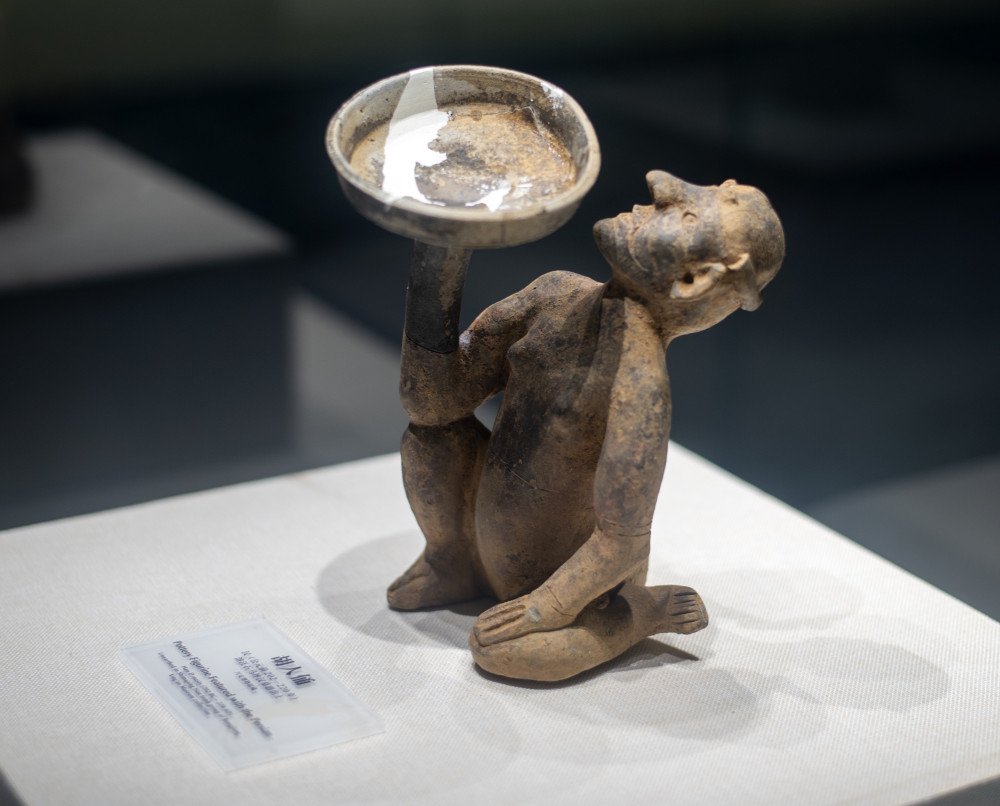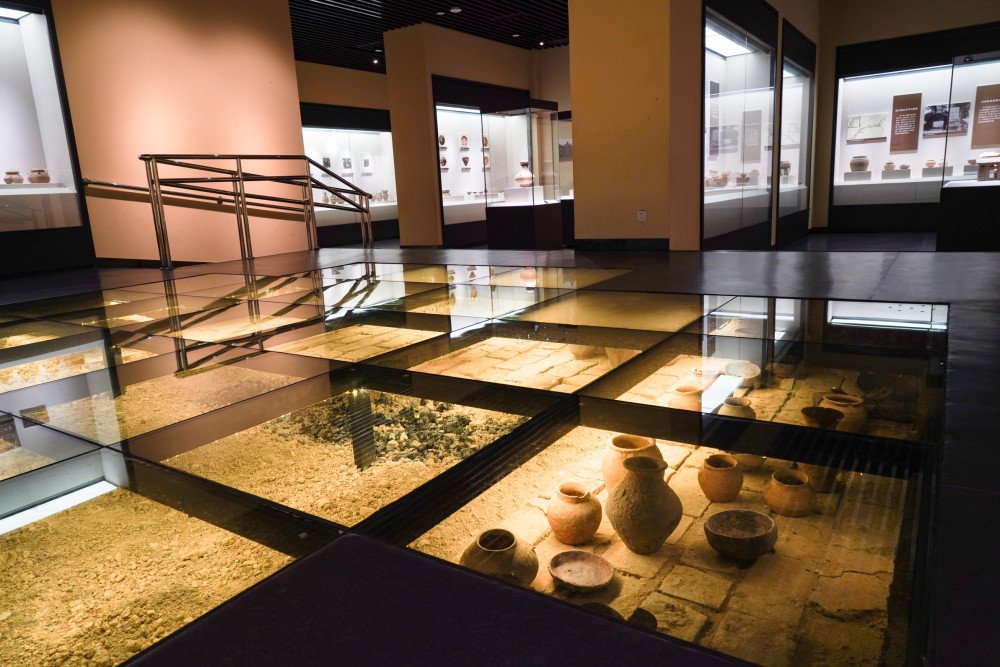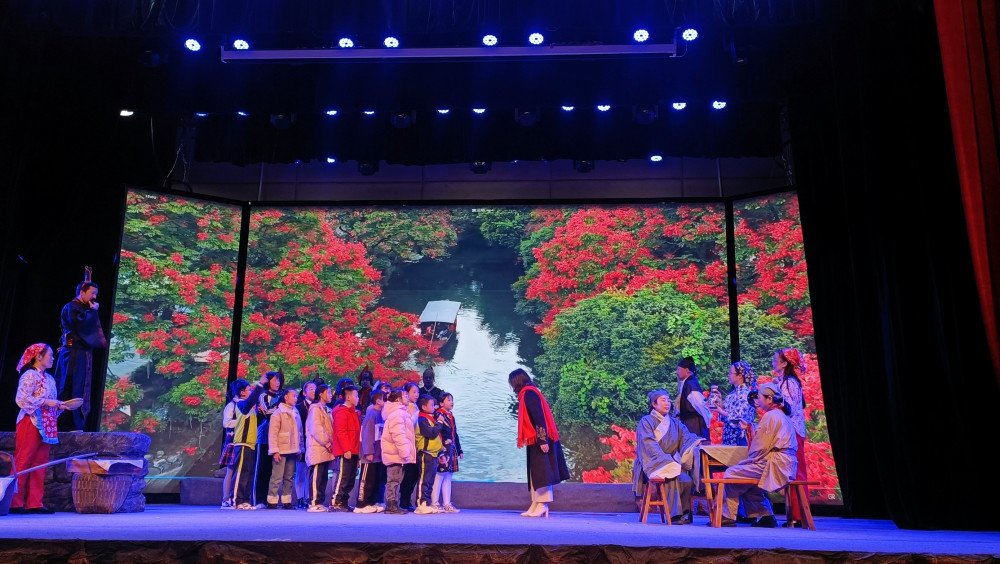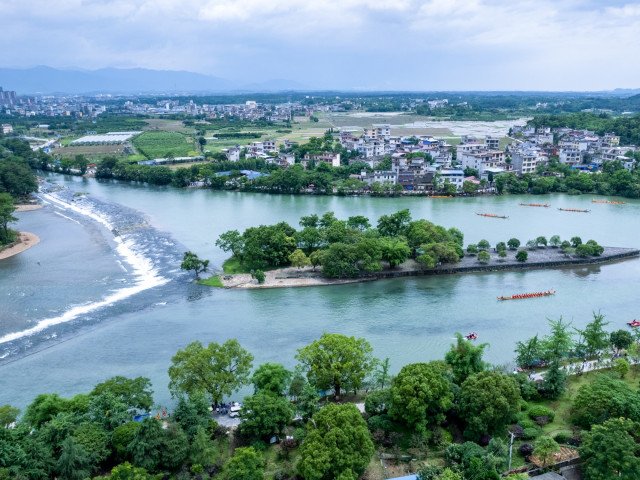The Lingqu Canal Museum is a non-profit cultural institution. The museum, located in Xing'an County, covers an area of 12.000 square meters and traces the relationship between humans and water that dates back more than 2.000 years ago.
A permanent exhibition, named "Lingqu Canal Cultural Exhibition”, explain the historical context of the construction of the Lingqu Canal, the water management techniques, the cultural heritage and the protection and restoration of the waterway.
The Lingqu Canal was built more than 2.000 years ago, on the orders of Emperor Qin Shi Huang, under the direction of Shi Lu. With a length of 36,4 kilometres, it is known, together with the Dujiangyan irrigation system in Sichuan and the Zhengguo Canal in Shaanxi, as one of the three major water conservation projects during Qin's unification of China.
The canal connects the Yangtze River and Pearl River basins. Initially used for military purposes, it solved the logistical challenges of transporting grain and supplies to the army.
Over time, the Lingqu Canal has been used primarily for navigation, irrigation and flood control and continues to perform important functions even today. It was the first canal in the world to use locks for navigation.
The ingenious water system has earned the Lingqu Canal several awards. It has been included in the provisional list of World Heritage Sites, recognised as a World Irrigation Heritage Site, a National Water Conservancy Scenic Area and a National Water Education Base.
To showcase Lingqu's ingenious engineering and rich history, and to promote water and historical culture among the public, the Lingqu Canal Museum was established.
Located in Xing'an County, the museum was originally the Xing'an County Museum, founded in 1986, and later upgraded to the Lingqu Canal Museum.
Through exhibition planning, book publishing, and social education activities, the museum promotes water culture and educates the public about Lingqu Canal.
The main building of the museum is inspired by the water of Lingqu, linking history, landscape and architecture and has won the 34th World Architecture Award.
The Lingqu Canal Museum offers visitors a permanent exhibition titled "Lingqu Canal Cultural Exhibition", which is divided into five galleries.
The first gallery tells the historical background of the construction of the Lingqu Canal.
The second gallery explains the choice of the canal's location, the ingenious water management techniques, the engineering composition, and displays artefacts dating from the Han Dynasty to the Republic of China.
The third gallery showcases the tangible and intangible cultural heritage of Xing'an, including the local customs and traditions of the communities along the Lingqu Canal and their unique cuisine.
The fourth gallery focuses on the history of the protection and restoration of the Lingqu Canal.
The exhibition aims to educate visitors about the Lingqu Canal, promote awareness of water conservation and history, and contribute to the prosperity of Chinese culture.
Lingqu Canal Tour
This itinerary aims to broaden the understanding of students and visitors about the Lingqu Canal as a water conservation project. Starting from the Lingqu Canal Museum, located on the banks of the canal, visitors can get a close look at the canal headworks complex and its engineering.
They can also take a wooden boat to enjoy the natural scenery along the canal, feeling the gentle breeze and watching the willows sway.

